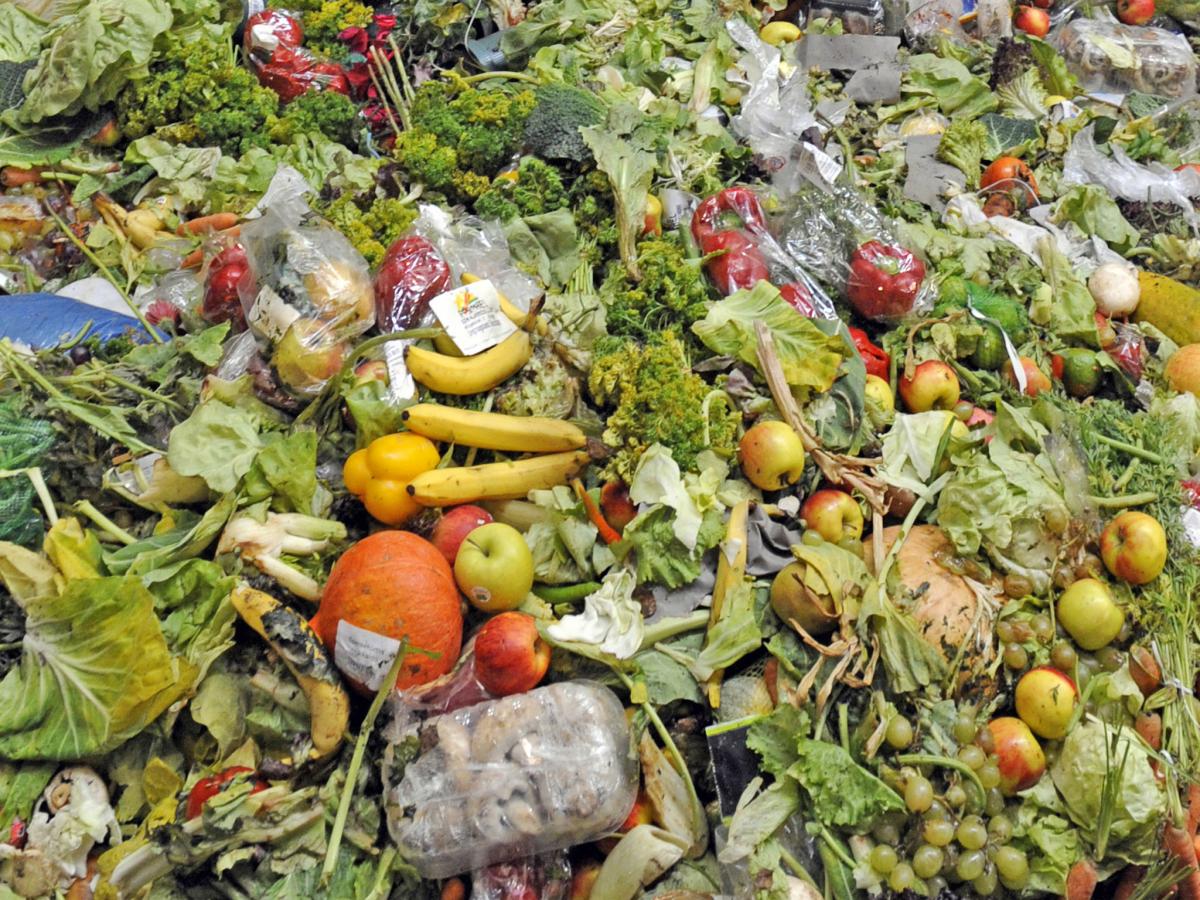
The second day of the 14th International Symposium on the Biosafety of Genetically Modified Organisms (ISBGMO) opened with a dynamic talk on the future of food systems.
It delved into the bigger picture by touching up on important topics such as food waste (1.3 billion tons per year), emission of greenhouse gases by the agricultural sector (30 percent of total emissions), the carrying capacity of land, diet and nutrition. We were reminded of the devastating effects on food production by climate change, which could cause a 25 percent loss of productivity in the +4 C scenario. All of this made us reflect on how biotech and GM crops could fit into this bigger picture, into the bigger challenge, and how we all have a part to play.
After that reality check, the symposium was again divided into three parallel sessions that touched on the following subjects: environmental risk assessment (ERA), plant genome-editing, and GMOs in integrated pest management. I chose to sit in on the environmental risk assessment session. The main focus of this session was on the methodology of problem formulation to conduct ERA.
Problem formulation is a planning process that begins with the identification of protection goals (for example, conservation of insect pollinators as an environmental objective). From these goals, assessment endpoints are derived (for example, the abundance of bumblebees as a valued ecological entity and its attributes,). After that, one must generate an exposure scenario known as pathway to harm (describing the link between the GM crop and the assessment endpoint, enabling characterization of risk).
Problem formulation aims to identify which effects may cause harm and devise a plan to analyze the risk of that harm. To put it in other words, the steps in problem formulation can be expressed as questions:
What do we not want to see harmed? What must be protected?
Can we envision a way in which they could be harmed?
How can we assess whether they are likely to be harmed?
To summarize, problem formulation aims to identify possible harmful effects and provide tools for decision makers about the cultivation of the GM crop.
I left Guadalajara with newly gained insights on the challenges ahead of us, and a renewed determination to face them head on.
Quote of the day: We can t have everything, everywhere at all times. We should accept trade-offs.
